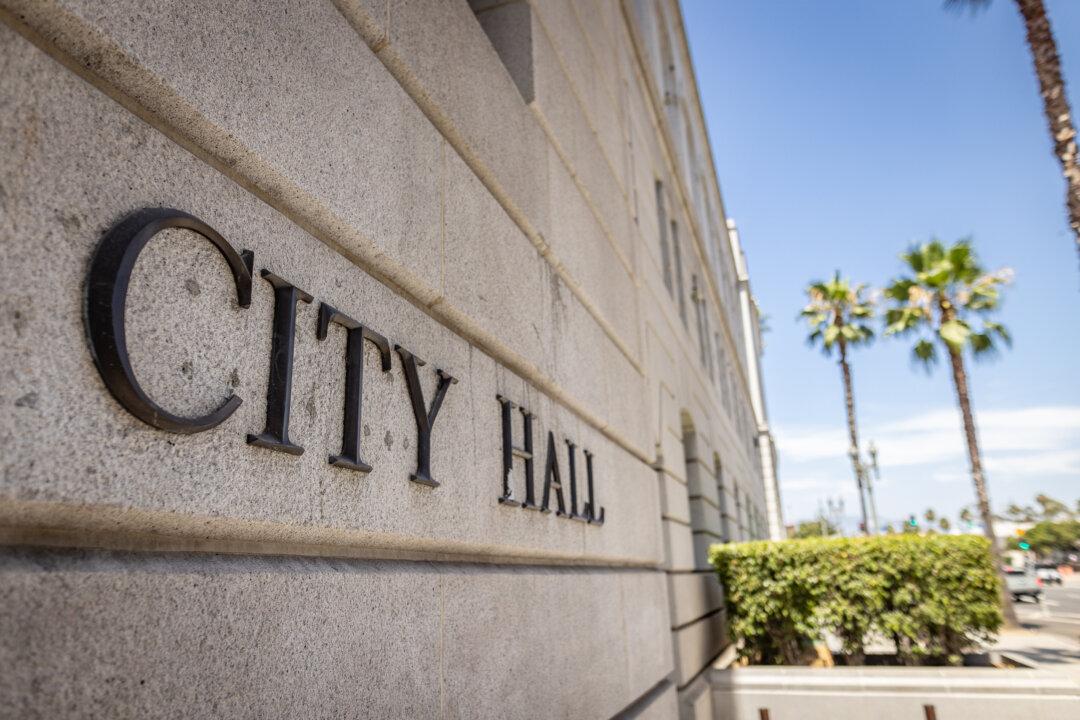A quarter of a century ago, in conservative Orange County, two school bond measures were approved by voters, receiving more than two-thirds of the votes. This was something not seen in more than two decades. As the Orange County treasurer-tax collector at the time, many constituents were asking for my advice on such ballot measures, as it impacted their pocketbooks.
Historically, I have been someone who has paid cash for all my purchases, including automobiles, unless the asset has the potential to appreciate in value, like a personal residence. It takes discipline, but it saves money.
When an institution sets $10 million in funds aside the first day of every year, for a $100 million future improvement project, into a savings account that pays 3 percent, it will have more than $104 million at the end of 9 years. But if it borrows $100 million and pays $10 million per year at a 5 percent rate of interest, it will take more than 14 years to pay off the debt and will cost an additional $42 million in interest.
Borrow if you really need to, but better long-term financial stewardship strategies are more appropriate. So, what to do?
In the Oct. 21, 1999, edition of the Huntington Beach Independent, in a submission titled “County treasurer: Bond measure gets straight A’s,” I stated:
- Set-aside fund—Each district should dedicate funds in their annual budgets toward future major repairs and replacements. We should not have to see another bond ballot measure again.
- Maintenance budget—The district must not jeopardize its annual maintenance budget in order to fund the repair and replacement reserve. The district addresses this by guaranteeing that the maintenance budget shall always be a minimum of 2.19 percent of the general fund budget in subsequent years.
- Issue debt incrementally—There are many reasons for not borrowing all the funds up front, the major being the time between initiating and completing capital improvement projects. This may cause the district to pay interest on idle funds, instead of on structural improvements. It is better to issue debt over the life of the anticipated projects.
- Detailed schedule of use of proceeds—The assessment provides specific descriptions, including the major repairs and replacement needs, code compliance concerns, technology upgrades and instructional classroom and building improvements ... and provide well-documented dollar amounts associated with the needs.
- An independent oversight committee—The independent citizens’ oversight committee [should] show a unique inclusiveness and independence by the board of trustees. The size of the committee [should] provide for a broad perspective of thought, input and assurance to the tasks at hand. The variety of disciplines and perspectives provided by the associations permitted to appoint members to the oversight committee enhances the ability to obtain the collective wisdom, experience and insight from the community as a whole.”
Just prior, in November 1998, California voters approved Proposition 1A, which authorized Sacramento to issue $9.2 billion in bonds to match with approved local school improvement bond measures. At the time, addressing “crumbling buildings and constructing new classrooms” was important to the voters, as mentioned in “Bond issues rate well with O.C. treasurer—Moorlach gives passing grades to three school measures going before voters next month,” by Martin Wisckol of the Orange County Register (October 21, 1999).
Martin Wisckol would do a follow-up story the following week, titled “School bonds 101: Build a coalition.” A few days later, on Oct. 31, 1999, the Orange County Register published my editorial submission, “Grading the bond measures,” which reiterated the above five criteria. In this piece, I observed, “From a trust standpoint, can I depend on my school district to properly administer the bond proceeds? Does it have the proper credibility?”
“The two-thirds requirement, we think, made [successful] school districts work harder to craft financially viable proposals. It also helped that the county’s treasurer-tax collector John Moorlach stepped in last summer and outlined five criteria for responsibly structured bonds,” stated the Register.
However, on the November 2000 ballot was Proposition 39, which successfully lowered the voting threshold to 55 percent, but also included a beefed-up version of my requirement for public oversight of approved school bonds.
What happened to the district’s commitment over the last 24 years? Where is the money that was supposed to be set aside? And why is the board of trustees considering borrowing again?
Of course, school district boards of trustees can do whatever they want. But the key concerns with voters are trust and credibility. Districts that have already borrowed should have more than enough funds to honor their set-aside commitments.
Consequently, it would be wise to not consider requesting homeowners within their districts to raise their property taxes again.







